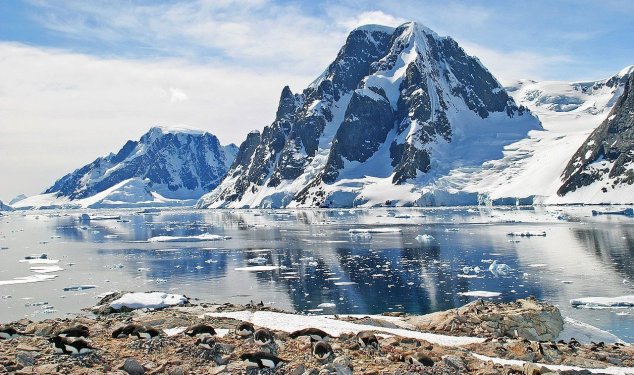In a startling discovery, scientists have found a huge river hidden under the sheets of ice in Antarctica. The team of glaciologists, who are studying the impact of climate change on glaciers, came to know about the river during a recent airborne radar surveys. A study about the waterway and its offshoots has been published in Nature Geoscience. Experts say that the river runs for 460 kilometers deep beneath the ice, a distance longer than the river Thames that flows through southern England, including London.
This under-ice river was discovered using ice-penetrating radar mounted on aircraft. In a series of aerial surveys, researchers discovered a river system snaking 285 miles (460 kilometers) and draining into the Weddell Sea.
“When we first discovered lakes beneath the Antarctic ice a couple of decades ago, we thought they were isolated from each other,” study co-author Martin Siegert, a glaciologist at the Grantham Institute at Imperial College London, said in a statement. “Now we are starting to understand there are whole systems down there, interconnected by vast river networks, just as they might be if there weren’t thousands of meters of ice on top of them.”
“However, the discovery of a river that reaches hundreds of kilometers inland driving some of these processes shows that we cannot understand the ice melt fully without considering the whole system: ice sheet, ocean, and freshwater.”
The researchers say if melting rates in the Antarctic continue to increase, and summers are warm enough to create surface melt and moulins, this might have a significant impact on the hidden rivers that already exist – potentially making the ice sheet here more seasonal, as is the case with Greenland.
All these factors can lead to feedback loops where additional melting itself creates even faster rates of ice loss. One way this could happen is through deep water flows that cause the ice to move faster over dry land, creating more friction and even more melting.





